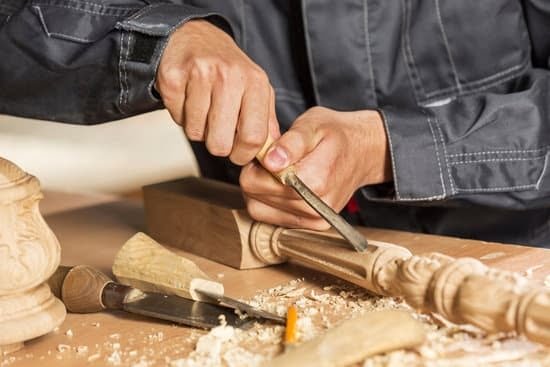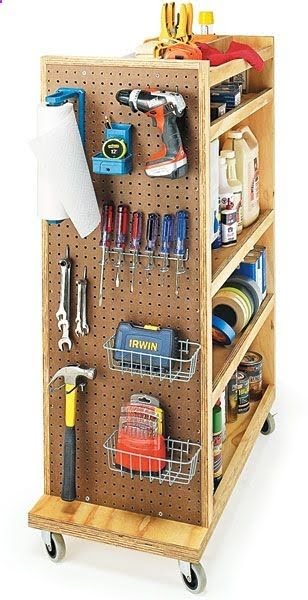Introduction
Woodworking tools have been used in Japan for centuries, and the Japanese were extremely skilled at creating amazing furniture and works of art from wood. In the past they made use of traditional tools such as saws, planes, chisels, hammers, and more. During the Edo period (1603-1868), the demand for wooden objects grew exponentially and craftsmen refined their skills to create unique items that blended both form and function. In recent years there has been a renewed interest in traditional woodworking methods in Japan with modern tools incorporating new technology to further refine their craft. Today we are still able to find these tools in tools stores all over Japan offering all types of modern shapes and styles from top brands. Woodworking is considered an important part of national culture in Japan, enabling craftspeople to practice their art for generations to come.
History of Japanese Woodworking
History of Japanese Woodworking
Earliest Tools: The earliest tools used in Japanese woodworking date back to theJomon period (approx. 14,000-300 BC). These tools included ground stone axes, chisel-like tools, and adzes that were primarily crafted from naturally occurring materials such as stones, bones, and antlers. During this time period many of the designs for furniture were quite simple, with minimal ornamentation.
Change Over Time: The arrival of Buddhism from China in the 6th century began to influence various aspects of art, including woodworking. Over time, craftsmen began developing increasingly elaborate styles seen in structures like Temples and Castles while working with woods such as Cherry Blossom Trees and Cypress Trees to create decorative pieces like Pillars and Railings. In addition to the use of more intricate wood carving techniques, a variety of ornamental accessories such as copper nails were also created to complete projects with a more finished appearance.
Recent Innovations: The last few centuries have seen incredible advances in Japanese woodworking technology that allow for even faster production times and greater precision than ever before. In recent years power saws have become commonplace which allow for easily repeatable cuts along predetermined angles – a stark contrast compared to traditional hand saws that required significant amounts of practice and skill to use properly. In addition, new coating techniques like lacquering are being explored which creates beautiful natural finishes on pieces while protecting them from damage over time.
Types of Woodworking Tools
The Japanese have a long history of woodworking and have developed a wide variety of tools specifically suited for different types of projects. Some of the most common tools for traditional Japanese carpentry include saws, hammers, chisels, handsaws, and planes.
Hand-Held Power Tools: These are fast to set up and can be used in tight spaces due to their small size and portability. They are generally easier to use than handheld tools such as saws, hammers and chisels, although they offer fewer features than these more traditional tools. Common hand-held power tools used in woodworking include drills, sanders, routers, jigsaws, scroll saws, jointers and planers.
Bench Power Tools: These benchtop machines are designed to provide greater power than hand-held tools while sitting securely on a workbench or shop floor. Common bench power tools used for woodworking include band saws, table saws, scroll saws circular saws, thickness planners and lathes.
Stationary Saws: Stationary saws are large pieces of machinery used to cut or shape large pieces of lumber into specific sizes. Common stationary saw types that you may find in a woodshop include miter saws and radial arm saws which can make accurate crosscuts quickly; tablesaws which can make cuts with precise angles; rip saws which are designed specifically for ripping boards with grain;and panel saws which can cut large sheets into smaller panels without cracking or splitting them.
Care and Maintenance
Storage and Transportation: Japanese woodworking tools should always be stored in a dry and dust-free environment, preferably in their original cases. Take care when transporting the tools to ensure they are not damaged due to bumps or drops.
Care and Maintenance: It is essential that owners of Japanese woodworking tools take time for upkeep. Keep blades sharpened and cleaned after each use. If possible, have your tools serviced regularly by an experienced professional who can produce the desired results without causing any damage to the cutting edges or handles. Also, periodically oil the handles of planes and chisels with 100% natural oil such as linseed or camellia oil to protect them from moisture.
How To Use
Subsection 1: Planes
Japanese planes are made for precise woodworking and handcrafting. Traditionally, the blade is set into one side of the stock, allowing for both efficient planing and cutting of the wood from either direction on a single tool. In order to accurately plane a surface, it is necessary to adjust the depth of the blade with a thumbscrew located just ahead of the grip and rotate the blade around its axis in order to achieve an even result. To watch a video demonstrating how to set up and use a Japanese plane correctly, click here [insert link].
Subsection 2: Chisels
Chisels are considered essential tools in Japanese woodworking as they are used for carving detailed shapes into surfaces as well as creating mortises or joints between pieces. Chisels also come in various shapes and sizes depending on their function; adze shape chisels are best suited for cutting down material while pointed chisels can cleanly carve detailed shapes. To watch a video showcasing how to choose, sharpen and utilize Japanese chisels correctly, click here [insert link].
Subsection 3: Saws
Japanese saws are characterized by sharp teeth that have been filed with unequalled precision; this is paramount for making accurate cuts and achieving consistent results. The flat timbersaw is great for making straight cuts across flat surfaces, whereas the finer backsaw is designed for making cutouts within boards or details such as dovetail joinery. To watch a video demonstrating how to properly use each type of saw in Japanese woodworking, click here [insert link].
Conclusion
In conclusion, it is important to practice safe and proper use when handling Japanese woodworking tools. Adequate safety and protective gear including goggles and ear plugs should always be worn when using these tools as they can generate large amounts of noise, dust and debris that could potentially cause injuries. It is also recommended to store these tools in a secure space away from any curious children or animals when not in use. Additionally, there are many sources available for those looking to learn more about the history, characteristics, techniques and maintenance requirements behind Japanese woodworking tools such as instructional books, online courses, and local workshops. With the right knowledge, skill level, and safety measures in place woodworkers can reap the rewards of this traditional art form for years to come.

Hi everyone! I’m a woodworker and blogger, and this is my woodworking blog. In my blog, I share tips and tricks for woodworkers of all skill levels, as well as project ideas that you can try yourself.





